FEED’s High-Fiber Favorites
Fiber supports heart health by lowering cholesterol, but it also makes us feel full, stabilizes blood sugar, and contributes to digestive regularity. High-fiber foods are those that have 5 or more grams (g) of fiber in one serving , which is 1/5 of the fiber we should consume each day. Researchers who reviewed 40 years of studies found eating at least 25 grams of dietary fiber reduced the risk of developing and dying from diseases such as cardiovascular disease, diabetes and colorectal cancer. The dietitians at FEED are nothing short of fiber fanatics, so we’ve pulled together a few of our favorite high-fiber foods and recipes for you to make it easy to boost your fiber intake:
Beans and Peas
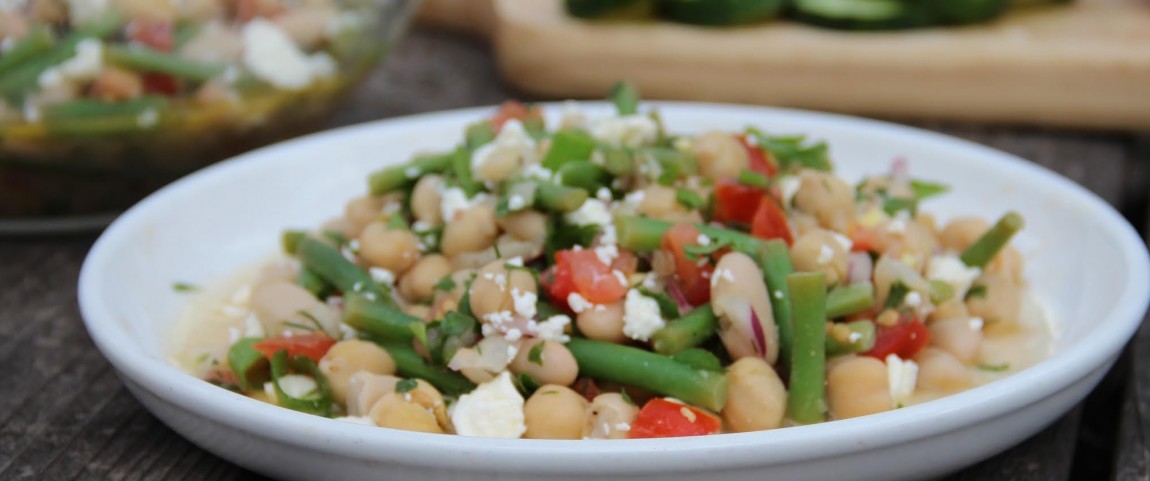
Legumes are plants that grow in pods. This plant family includes peanuts, soybeans, fresh peas and beans, and pulses. The term “pulse” refers to the dry edible seed within the pod. Beans, lentils, chickpeas and split peas are the most common types of pulses. Pulses are not only low in fat, but also very high in protein and fiber. Just one half cup serving of beans or peas has 6 g of fiber, one half cup serving of lentils has 8 g – a small but mighty way to keep us feeling full and satisfied! Here are a few ways to add peas and pulses to your diet:
Whole Grains
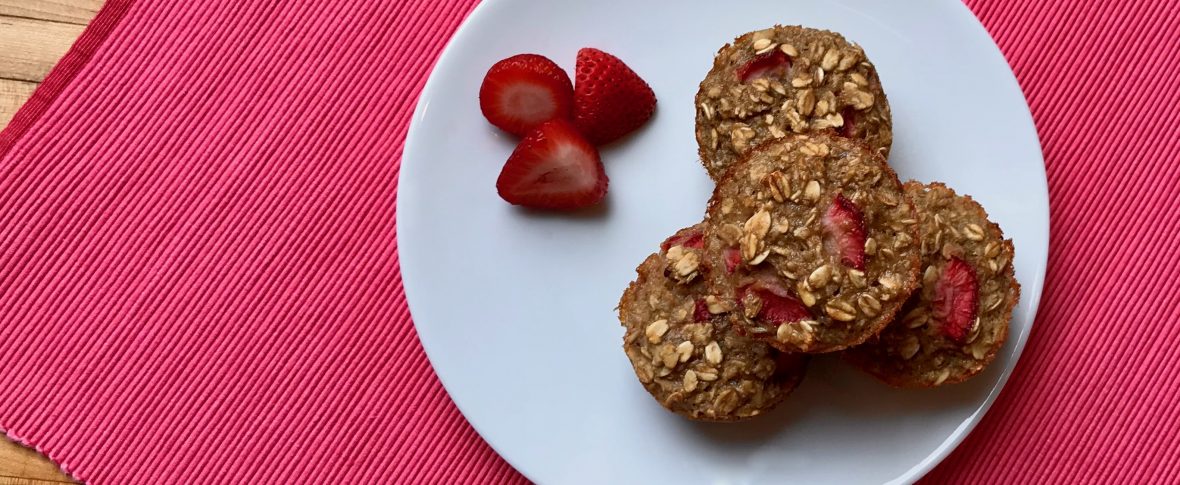
Whole grains include wheat, corn, rice, oats, quinoa, and even popcorn– when these foods are eaten in their “whole” form including the bran, the germ, and the endosperm. When a product is “refined” it has gone through a process to remove the bran and the germ, but also removes about 25% of the grain’s protein along with other key nutrients, including fiber. Because consuming whole grains can reduce the risk of heart disease, stroke, cancer, and diabetes, we encourage clients to look for products that say “100% whole _____” on the package, list a “whole” grain first in their ingredient list, or have the Whole Grain Stamp. Try these FEED recipes that include whole grains:
- Strawberry banana oatmeal muffins
- Quinoa veggie bowl
- Buckwheat Asian Noodles
- Black bean, sweet potato and kale quesadilla
- Creamy Greek yogurt mac and cheese
Can you be WHOLE without the wheat? Find out how those following a gluten-free diet can include whole grains in their diet!
Berries
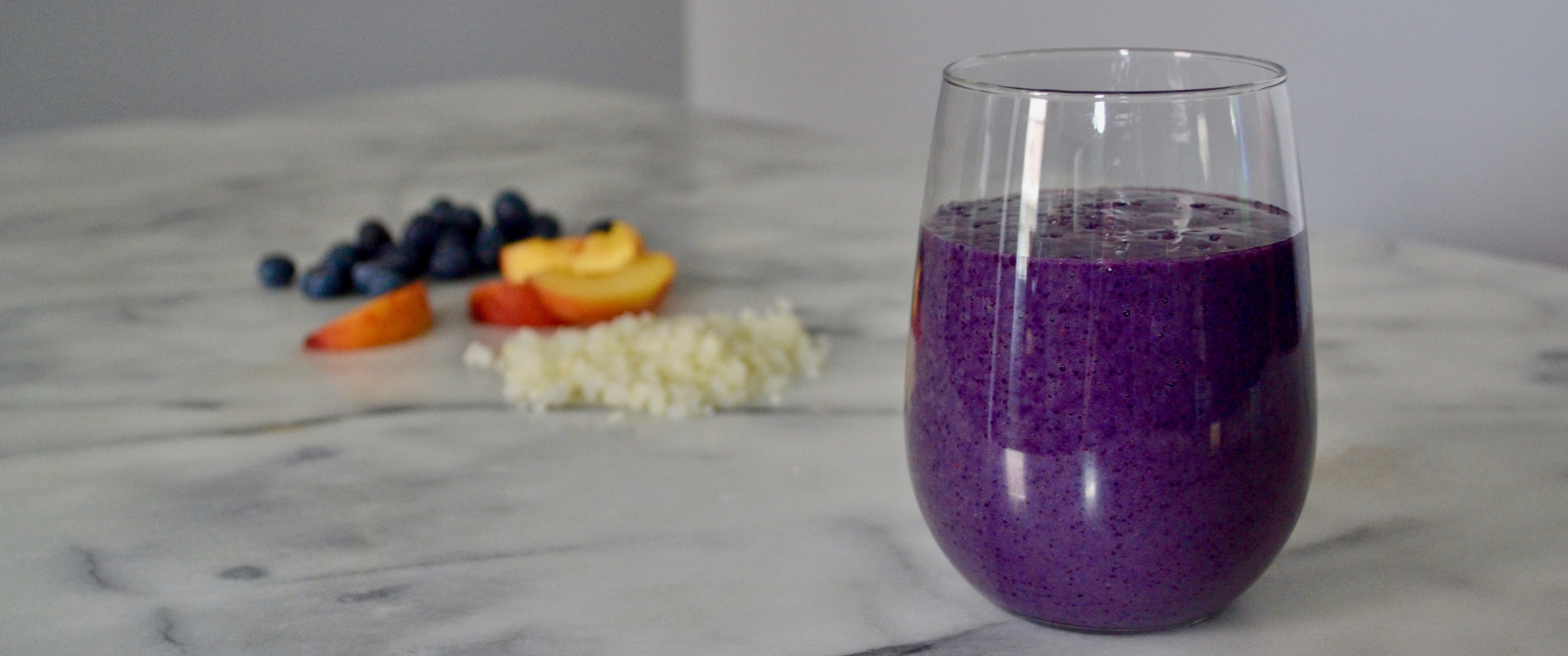
Berries are some of our highest fiber fruits, which is great because they are so versatile. They are delicious in the summer months when they are in season, but can be added to recipes year round when frozen. One cup of raspberries has 8 g of fiber, 3/4 cup of blueberries or blackberries has 5 g, and 1 1/4 cup of strawberries has 4 g of fiber. Check out some creative ways to incorporate berries in your diet.
- Blueberry cauliflower smoothie
- Cucumber and strawberry salad
- Berry smoothie
- Chocolate raspberry chia pudding
Veggies
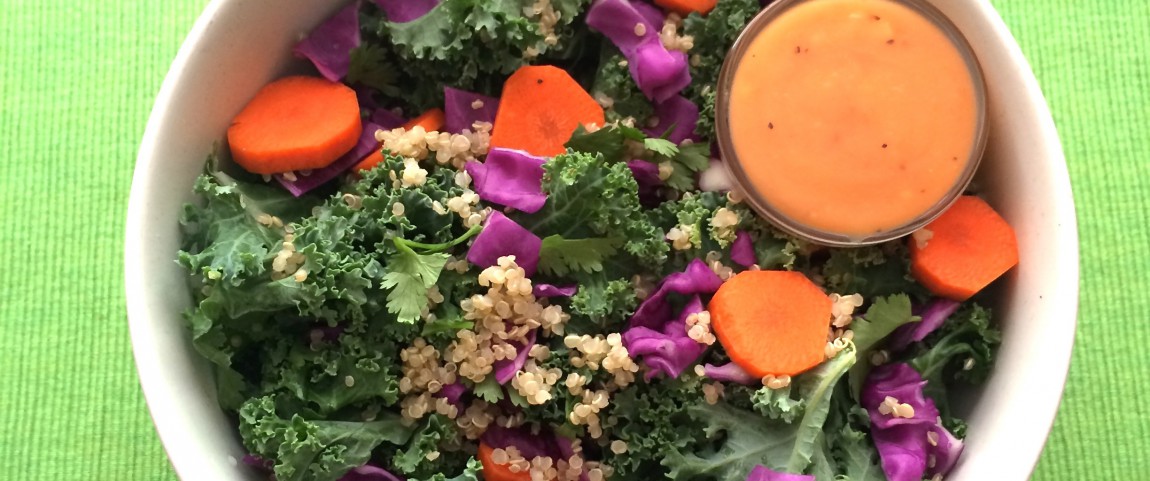
Non-starchy vegetables are our only unlimited food– and with good reason! They are low in calories, but contain vitamins, minerals, and, most importantly, fiber! And although we love a kale salad, we also love finding creative ways to include veggies at meal times with riced and various shaped versions too! Here are some of our favorite veggie recipes with 5 g of fiber (or more!) per serving:
- Kale salad with papaya vinaigrette
- Feta, artichoke, avocado toast
- Cauliflower fried rice
- Parsnip or carrot fries
Chia Seeds
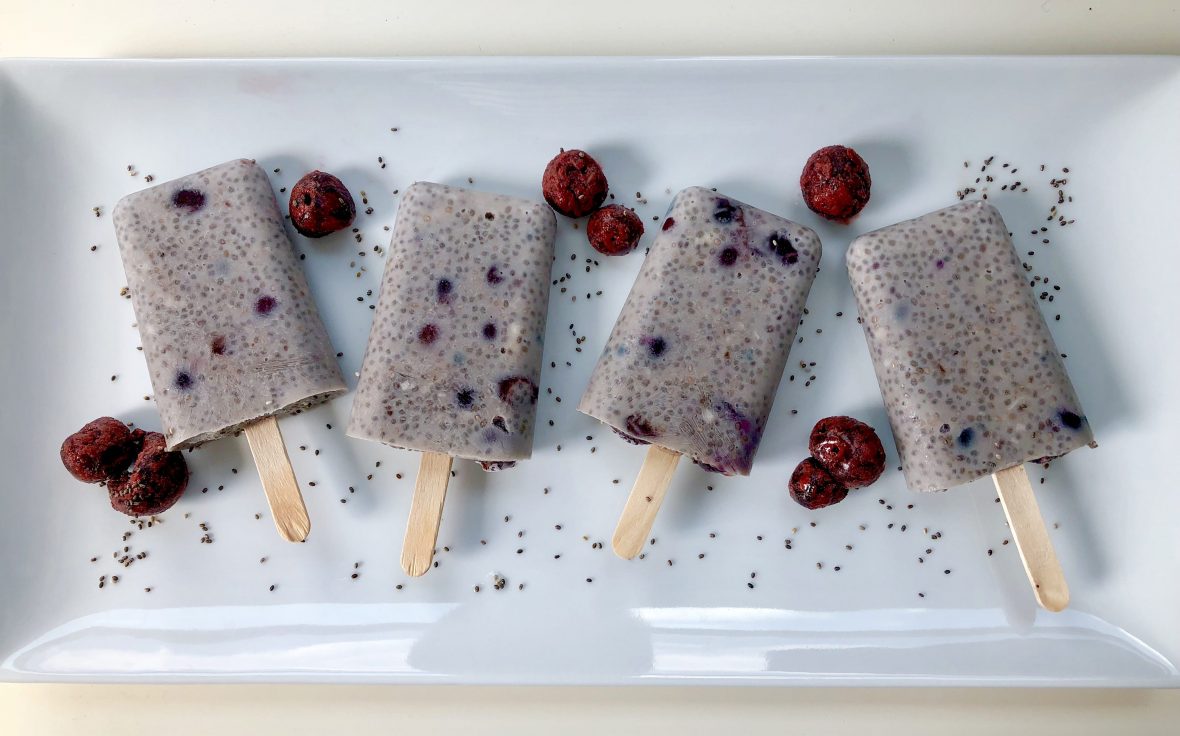
Don’t be fooled by the size of these tiny seeds! Two tablespoons contain almost 11 g of fiber, 4 g of protein, and 9 g of heart-healthy fats. We add chia to smoothies, oatmeal, and salad dressings, but you can also replace an egg with this “chia egg substitute” in your next baking adventure to boost the fiber content in the recipe. Here are a few of our favorite recipes that include chia seeds:
- Cherry coconut chia popsicles
- Blueberry chia pudding
- Chia granola
- Mango chia bites
- Green tea chia smoothie